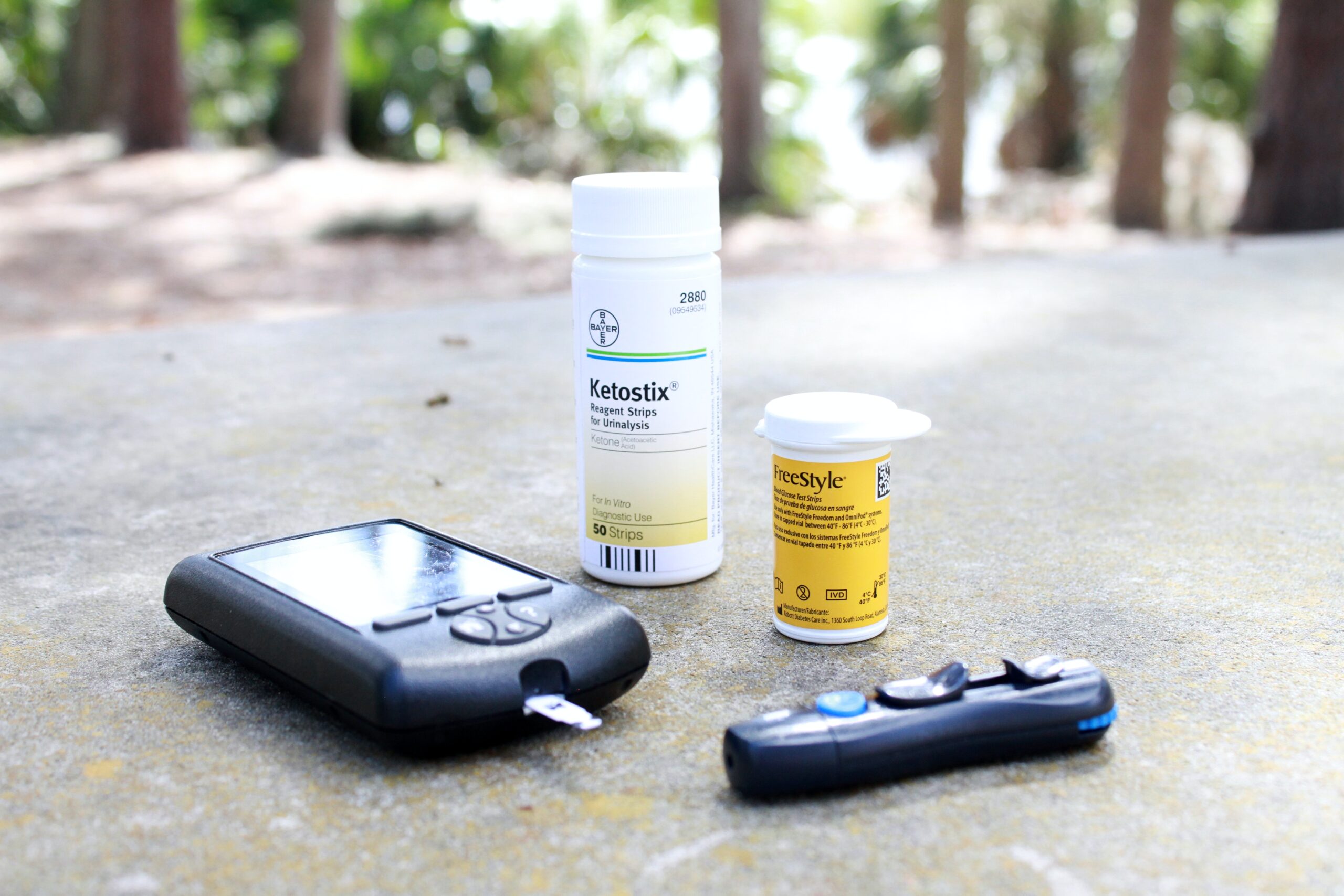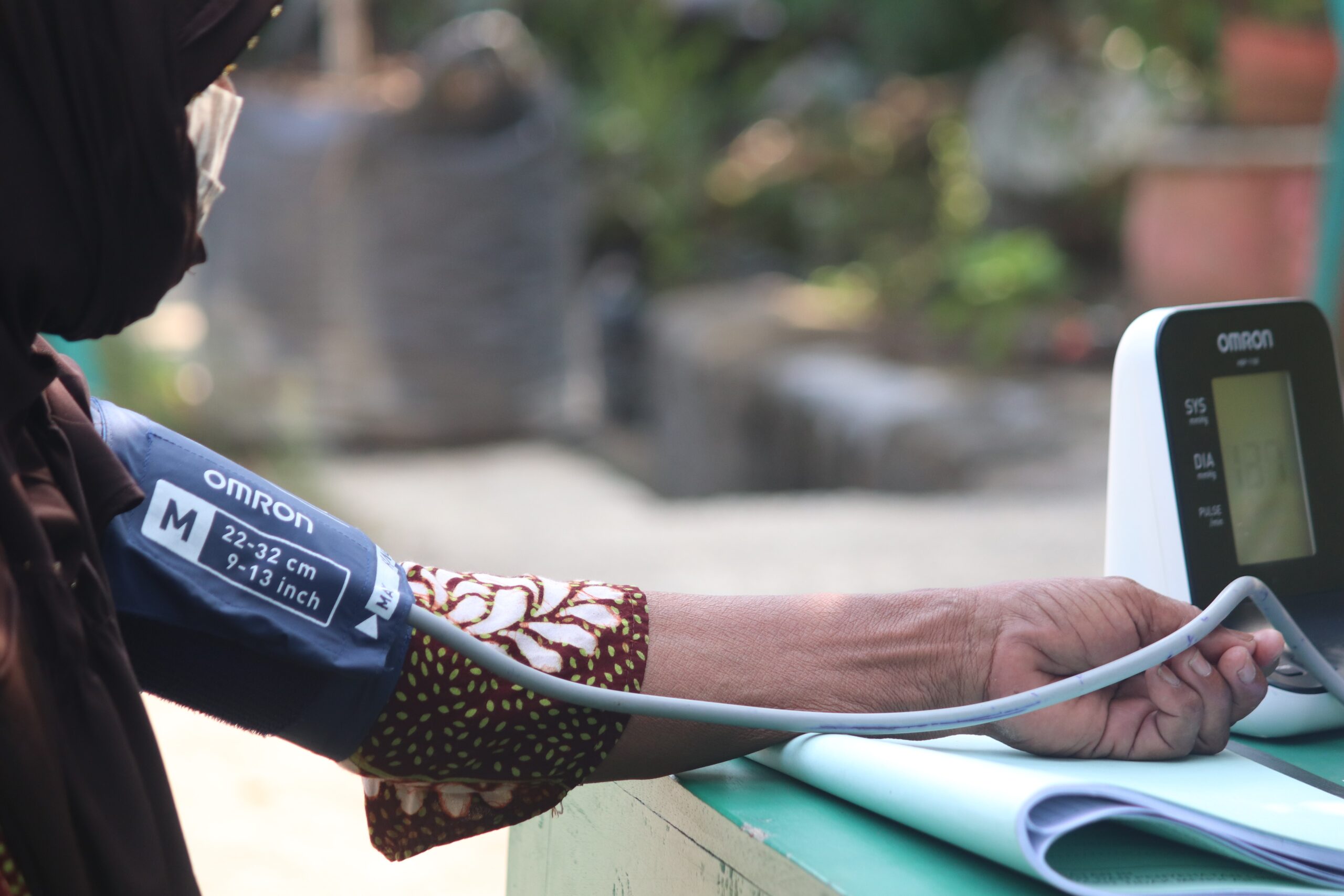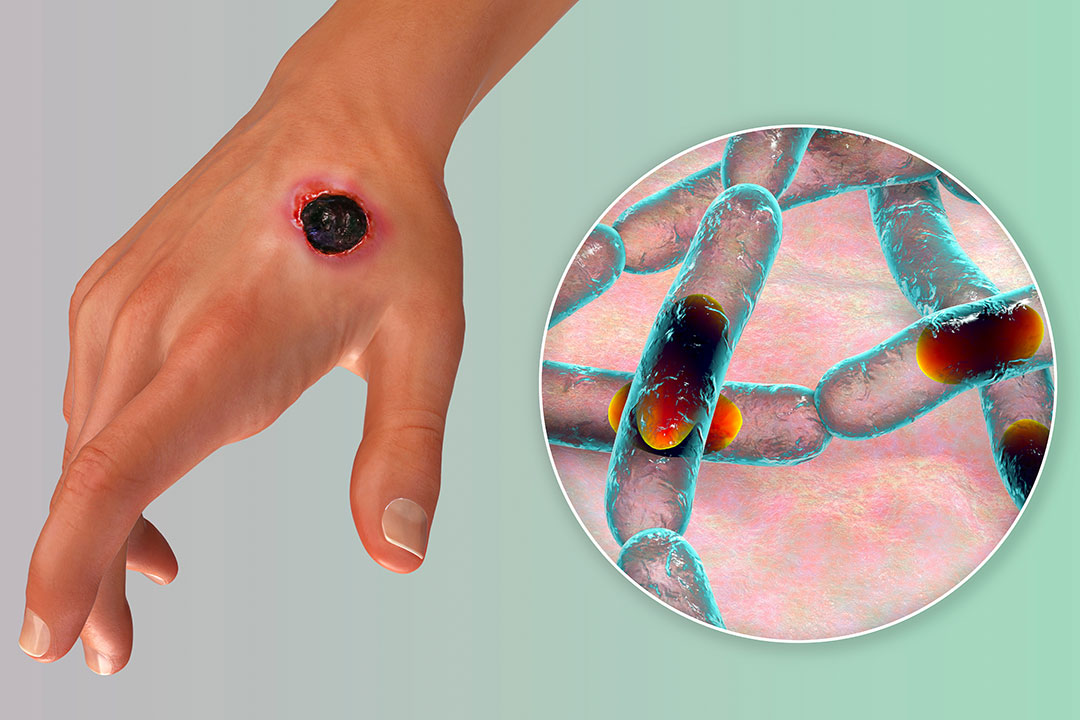The month of October was declared the pink month, also known as breast cancer awareness month. The theme for the month was “RISE”. The goal was to ensure every woman has access to the screenings she needs and the support she deserves. We have put together a fact sheet that shows all the screening processes available for the prevention and early detection of breast cancer.
About Breast Cancer
More than 24% of all cancer diagnosed in 2020.
Risk Factors
Non-Modifiable Risks
Age – an increase in age, increases the risk
Sex – females
Breast conditions
Family History of Cancer
Genetic mutations
Reproductive history – Early menstrual cycle before the age of 12, late menopause after 55years
Radiation – previous treatment with radiation therapy
Drugs – exposure to certain drugs
READ ALSO Cervical cancer: Symptoms and Treatment
Modifiable Risks
Self-Breast Examination
Inspection (Look)
Palpation (Hands)
What to do while palpating:
Normal occurrence
When to consult your doctor
Medical Screening
Clinical Breast Examination – Examination of breasts by medical professionals.
Breast Ultrasound: A machine that uses sounds to create pictures of areas inside the breast
Diagnostic Mammography: A breast X-ray is used to examine lumps in the breast
Breast magnetic Resonance Imaging (MRI): A body scan that creates a picture of the breast using a magnet linked to a computer.
At RFC, we can do the clinical breast exam, however, we have partner Cancer diagnostic centers for ultrasounds and mammograms.
Diagnostic
Biopsy: Takes a small sample of breast tissues from your breast for pathology studies.
Some of our healthcare plans at Reliance Health cover cancer care. Go to www.reliancehmo.com to find out if your plan covers cancer care.
Womens Health, Symptoms, Conditions & Treatment

As we commemorate the 2023 World Diabetes Day with the theme “Access to…
READ MORE
Hypertension is a chronic medical condition characterized by the prolonged elevation of blood…
READ MORE
On 17 July 2023, The Federal Ministry of Agriculture and Rural Development (FMARD)…
READ MORE